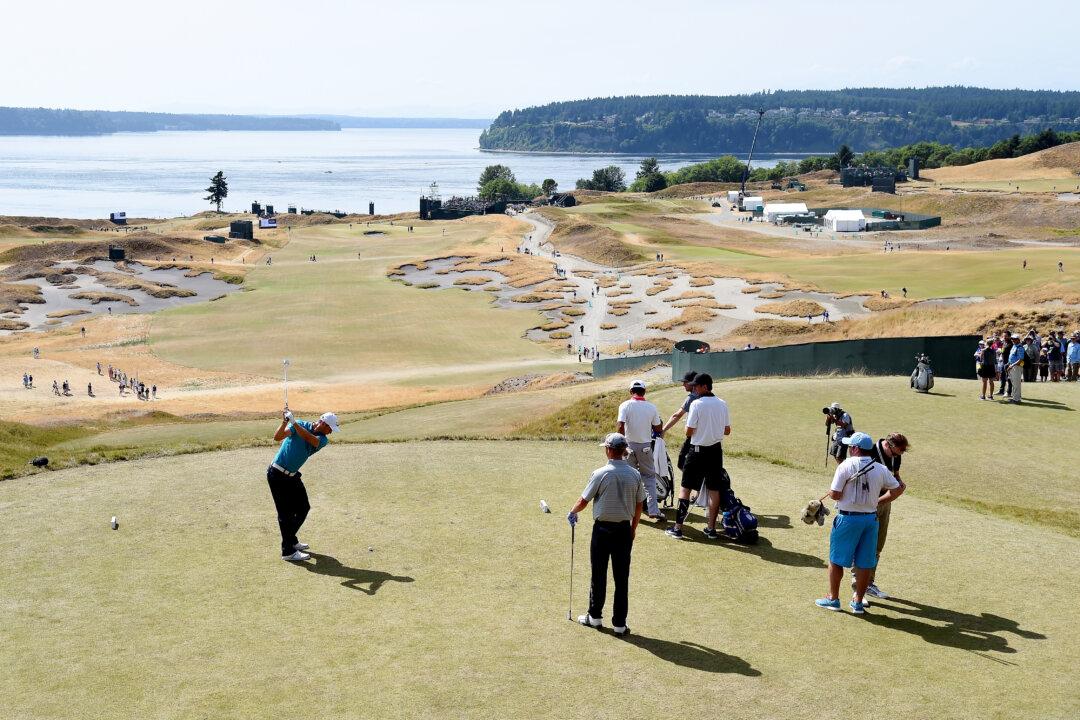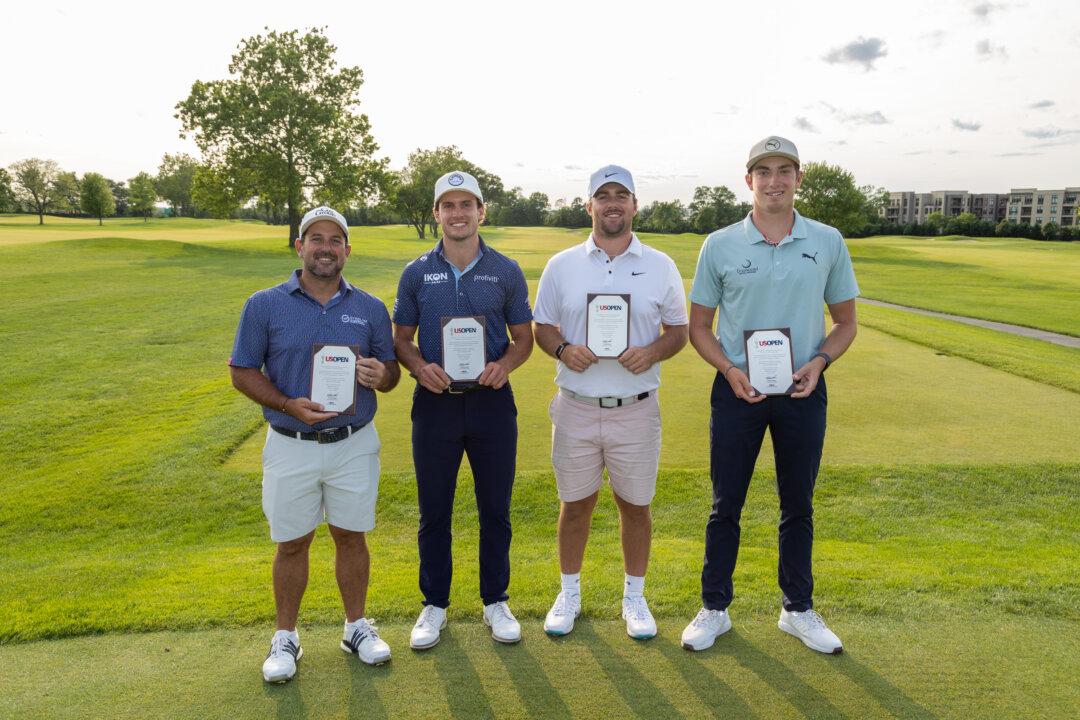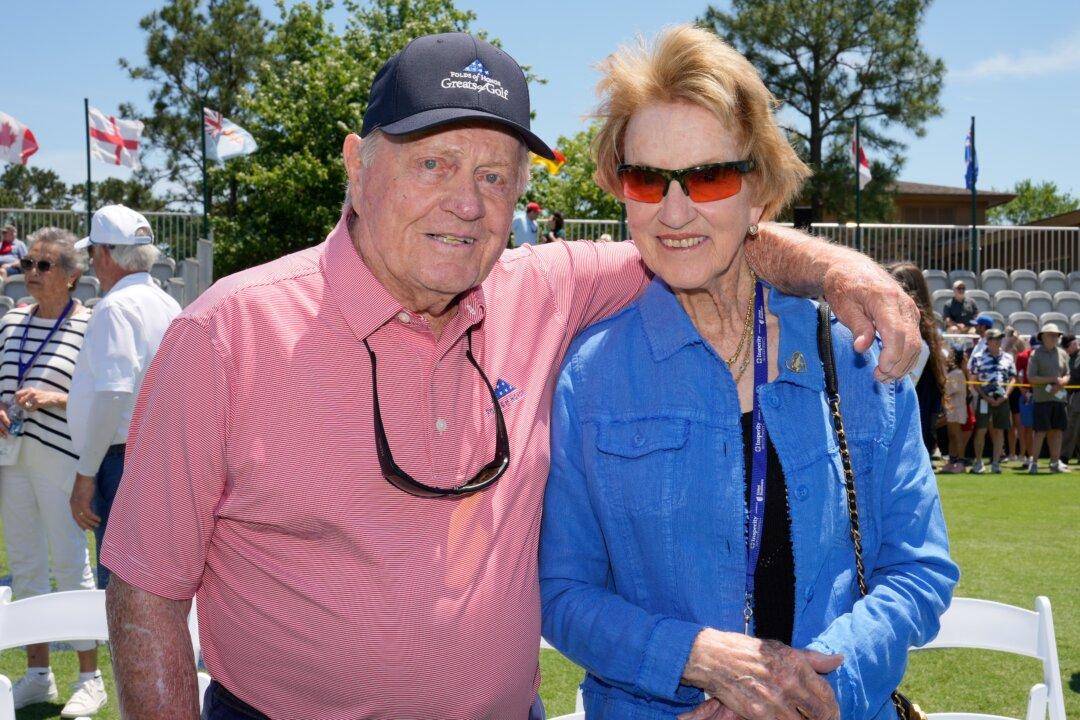University Place, WA—The year was 1970. A new venue—Hazeltine National, located in Chaska, MN—emerged to challenge the best players in golf. The venue was unknown and untested to nearly all. It had been pushed by USGA President Totton Heffelfinger, a Minnesotan, intent in bringing the game’s premier event to his hometown area.
The net result?
The course was panned by a number of competitors and the comments from touring professional Dave Hill, who ultimately finished second, overshadowed the stellar golf that Englishman Tony Jacklin produced in winning the event by seven strokes—becoming the only European player to hoist the trophy between 1926 and 2009.
The Robert Trent Jones, Sr. layout opened in 1962. In just four years the facility hosted a U.S. Women’s Open.
The 1970 U.S. Open was awarded shortly after the Women’s Open and little was thought about it—until championship week. Going into that U.S. Open Hill, who had demonstrated serious golf ability winning three times the year prior and securing the Vardon Trophy for low scoring average, served notice in a way few players would have even dared think aloud yet alone carry out.






